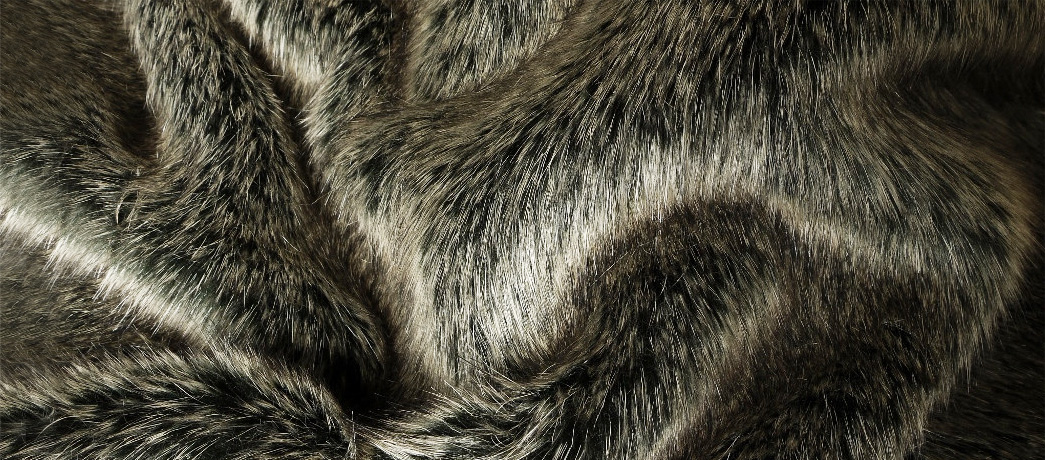Animal skins, like most animal by-products are subject to decay and damage over time. Dressing and dyeing has been an important factor throughout history, although new technological advances and machinery has changed the process drastically.
Historically, skins were dried in the sun or before an open fire, sadly this makes the skins hard and brittle, so new techniques were sourced to make them soft and
malleable. From the 17th Century onwards, fur skins were dyed using plant products, logwood, sumac and gallnuts together with mineral substances.
The process of fur skin dressing and dying has had very little change in technique since the 17th century.
1. Soaking or Re-Hydration
Soaking of the raw fur skins is carried out in order to make them soft and have a good basis for further treatment.
2. Fleshing
This is the removal of the flesh layer, “the thin membrane of protein, which, in life, separates the skin proper from the fat layers and organs of the body.”
It is done manually or by machine, the so-called fleshing machine.
3. Washing
The dirty skins full of natural fats are cleansed.
4. Pickling
A solution of common salt, sodium chloride, and acids prepares the skins for the tanning process.
5. Tanning
The pickled skins are transformed into durable fur leather. Tanning agents provide for the best quality of smooth leather.
6. Oiling
The application of suitable fatting agents helps to give the tanned leather a permanent elasticity.
7. Drying
Excess water is removed from the skins.
8. Drumming
Special sawdust drums tumble the fur skins in order to remove excess fat from the hair and to reach an optimum degree of moisture for the leather.
9. Stretching
The fur skins are given their original shape.
For more information, please visit the website of the International Fur Dressers and Dyers Association
Modern techniques have been incorporated into this traditional process to be treated for a more fashionable appearance. Here are an example of some of the techniques:
The leather side of a skin is treated separately in the dressing process. Various processes can also give the leather a velour, napa or nubuck texture, depending upon what you intend to achieve.
Printing
With modern machinery, we are able print or stamp any pattern into leather. Any graphic effect is possible and available in a variety of colours or dye. Printing is ideal of plaits and patters and many designers use it to create an inside textured appearance.
Compression
You can get pleats, crinkles, contours or any surface you want by compression. The process gives the leather a 3-D effect and the added dimension adds to the allure of the design.
Laser
Laser technology is being more widely used by students and allows an indented approach, cutting to an accurate degree. Laser technology can create patterns, graphics or texture on the leather side, which is and a nice added tough.

